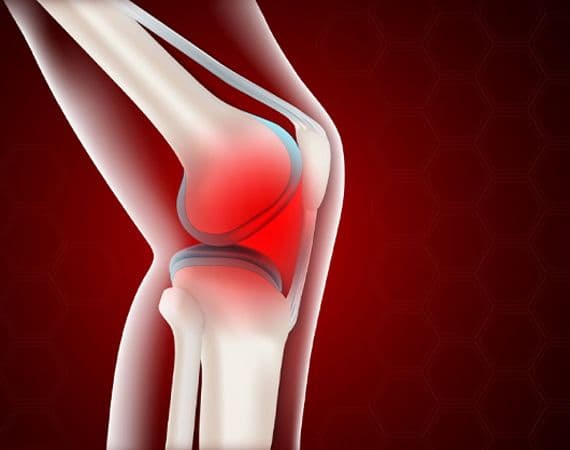
Osteoarthritis
What is osteoarthritis?
Osteoarthritis (OA), also known as degenerative joint disease, is the most common type of arthritis, affecting millions worldwide. It occurs when the protective cartilage cushioning the ends of bones gradually wears down, leading to bones rubbing against each other during joint movement. This condition most commonly affects the knees, hips, hands, and spine. While osteoarthritis can’t be reversed, its symptoms can often be managed through lifestyle changes and treatments that slow disease progression, reduce pain, and improve joint function. Staying active, maintaining a healthy weight, and seeking appropriate medical care can help individuals manage the effects of osteoarthritis and maintain mobility.
What are the causes of osteoarthritis?
Osteoarthritis occurs due to the gradual deterioration of cartilage, a tough, elastic tissue cushions the bones' ends within a joint. This protective layer allows smooth and pain-free movement of the bones. However, the cartilage progressively wears away with osteoarthritis, leading to bone-on-bone contact. This friction can result in joint pain, stiffness, swelling, and reduced mobility, which worsen over time.
While the exact cause of osteoarthritis remains unclear, researchers have identified several factors that may contribute to cartilage breakdown and the condition's development. These risk factors include:
- Genetics: A family history of osteoarthritis can increase the likelihood of developing the condition.
- Previous Joint Injuries: Injuries such as torn cartilage, dislocated joints, or ligament tears can raise the risk of osteoarthritis later in life.
- Age: People over 50 are more susceptible as cartilage naturally weakens with age.
- Biological Sex: Those assigned females at birth are more likely to develop osteoarthritis.
- Excess Weight: Carrying excess weight strains weight-bearing joints, accelerating cartilage wear and tear.
- Menopause: Hormonal changes during menopause can impact joint health, increasing the risk of osteoarthritis.
- Repetitive Stress or Occupation: Jobs involving frequent kneeling, heavy lifting, or climbing can stress the joints continuously.
- Other Medical Conditions: Certain health issues, such as rheumatoid arthritis or metabolic disorders, can also affect joint health and contribute to osteoarthritis development.
These risk factors can influence the severity and progression of osteoarthritis, making it essential to adopt lifestyle measures and seek early intervention to manage joint health effectively.
What are the symptoms of osteoarthritis?
Osteoarthritis symptoms typically develop gradually and worsen over time as joint damage progresses. Common signs and symptoms include:
- Pain: Discomfort in the affected joint during or after physical activity.
- Stiffness: Joint stiffness is often more noticeable in the morning or after periods of inactivity.
- Tenderness: The joint may feel sensitive or painful when applying light pressure.
- Reduced Flexibility: Movement may become restricted, limiting the joint's range of motion.
- Grating Sensation: A grating feeling or a popping/crackling sound may occur during joint movement.
- Bone Spurs: Hard lumps, called bone spurs, may develop around the affected joint due to abnormal bone growth.
- Swelling: Soft tissue inflammation around the joint can lead to visible swelling.
When to see a doctor
If you experience persistent joint pain or stiffness that doesn't subside, scheduling an appointment with our doctors for evaluation is essential. Early medical assessment can help identify the underlying cause and ensure timely management to prevent further joint damage or complications.
FAQS
Health In A Snap, Just One App.
KNOW MORE
